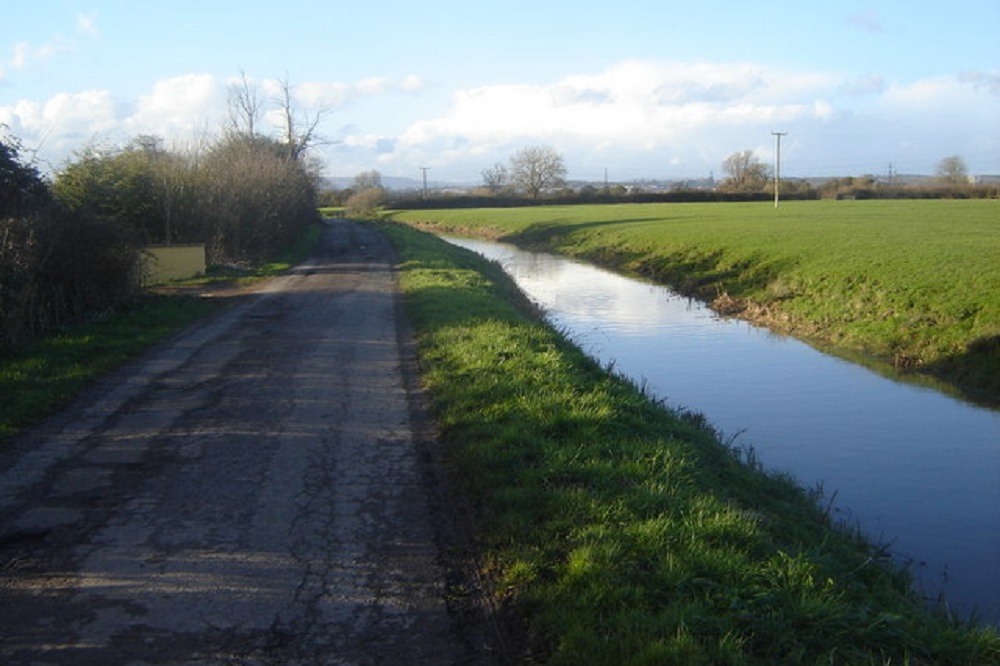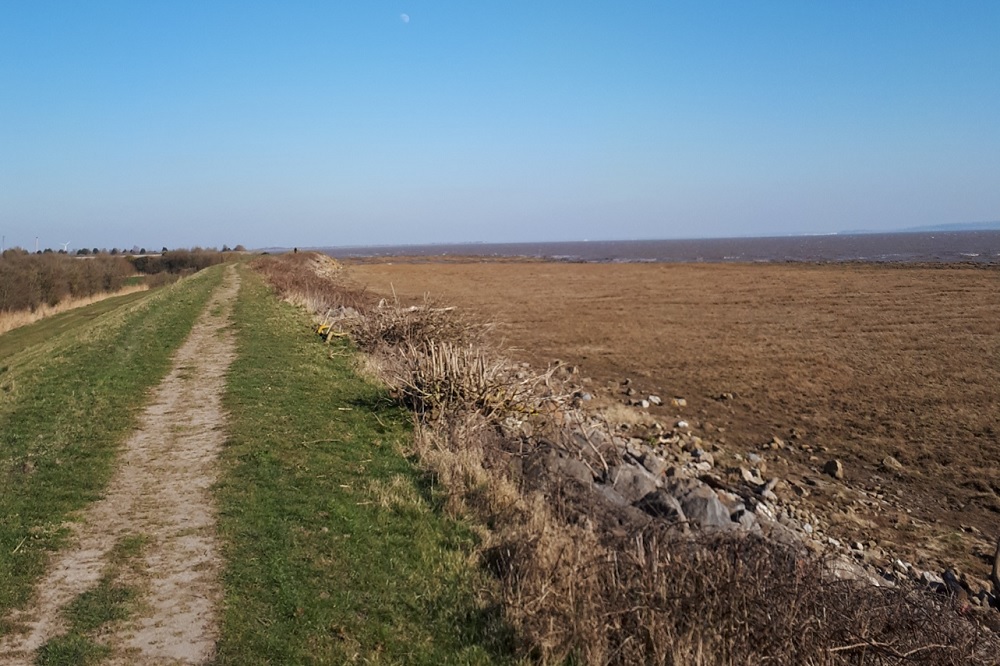We must remember the history – as well as the biodiversity – of the Gwent Levels

Stuart Stanton
The Gwent Levels are currently dominating the news (as much as any news from Wales can dominate) due to the Welsh Government plan to bisect them with a motorway bypass.
If the plans gets the go-ahead in the next few weeks a new 14-mile stretch of motorway will be built through the low-lying patchwork of wetlands.
Much attention has already been paid to the loss of rare biodiversity that inhabits the drainage ditches along the path of the new motorway.
But it is also worth reminding ourselves that this waterlogged area, passed without a second glance by tens of thousands every day, has a fascinating history.
I will focus in this article on the area on the west bank of the River Usk – the twin villages of St. Bride’s and Peterstone that flank a stretch of land some six miles long and two miles wide along the shore of the Bristol Channel.
Despite their unusual and somewhat remote location, they combine to provide a worthwhile microcosm of the history of the development of Wales over the past few centuries.

Written history
There is no material evidence of habitation prior to the collapse of Roman rule at the beginning of the fifth century and only anecdotal talk of the Romans having constructed the still-existing sea wall.
We therefore have to accept Gwynllyw, son of King Glywys Cernyw, as providing the first verifiable presence.
Gwynllyw gave his name to this isolated, often waterlogged, area alongside the church now known as St. Woolos Cathedral in nearby Newport.
This name, just as that of ‘Wentloog’, is an English corruption of the name of this man who would have lived as a contemporary of Arthur and became a saint following his AD 523 death.
The first mention of the area, though without reference to any population, comes from Gerald of Wales who almost drowned while struggling to cross the Ebbw river via its marshy estuary.
We have to move forward over 600 years to find William Coxe visiting the churches of the twin villages and examining their evidence relating back to foundation in the 13th Century.
He added that services in 1801 were held in the Welsh language, as many of the natives barely understood English.
This was a land described by a recent Cardiff University researcher as containing two large, thinly populated coastal parishes, isolated for much of the year by a damp, unhealthy climate and impassable roads.
But it was a land nonetheless which was distinctly Welsh even though its authority – Monmouthshire – was English in royalty, justice and church.
Here we detect the first sign of debateable identity for the people of what is now commonly called ‘the moors’, English by statute but Welsh by culture.
Their number, estimated by church visitation records from 1851 to be just 85 at Peterstone/Llanbedr and 123 four miles away at St. Bride’s/Llansantffraed, was slight in the extreme.
Apart from the houses of religion that were soon to include those of nonconformist chapels, there was little in the way of material communality apart from drinking houses.
Indeed, there is no record of a shop at Peterstone at all while only one, selling sweets existed at St. Bride’s, all provisions being carried in by donkey from Newport or Castleton.
For this information, we have to thank the late Fred Hando who provided a diary version of Monmouthshire history to the South Wales Argus for over 40 years concluding in 1971.
Hando recorded life on ‘the moors’ largely through several extraordinary characters – all linked by the Welsh language – and its two churches.
A linguistic map prepared in 1892 showed that over 60% of the population could speak or understand Welsh. The prominence of original Welsh place names in the Phillips map is therefore understandable.

Modern Times
The first indication of a cultural split between the two villages comes from the 1911 Census record.
Peterstone seemed to remain much as it always had, though the population had expanded to 125, with the great majority of households declaring at least one Welsh speaker.
St. Bride’s down the road, on the other hand, now showed a great majority of non-Welsh with a large proportion of immigrants from rural England who had come to work as farm labourers.
We must remember that by this time both Newport and Cardiff were overwhelmingly English in appearance and even more dominating in size.
This can be interpreted as matching a pattern discernable in other parts of Wales where neighbouring communities take on very different identities; Aberffraw and Rhosneigr, Tredegar and Rhymney, Rhos and Ruabon.

Welsh has retreated further from its high-water mark of the mid-19th century when Peterstone Church held its services in the language after an earlier flirtation with English.
Monmouthshire becomes fully, legally, Welsh as late as 1974 and the placement of bi-lingual road signs began apace shortly afterwards.
But there is a revised form of identity struggle taking place – between Cardiff and Newport.
The main problem today, for Peterstone people at least, is that they have a Cardiff postcode but are administrated by Newport Council administration and only have a bus service to that city.
St. Bride’s population has almost doubled to over 400 in the last 20 years due to a residential caravan site and a housing development on the only sliver of land not on the floodplain. It is Newport entirely.
Writing in 1947 the Welsh Historian, William Henry Rees, referred to the ‘Vicissitudes of the Welsh Language in the Borderlands’.
This beautifully archaic phrase summarises the condition of these two Welsh/English/Newport/Cardiff communities very succinctly.
There has been no violent schizophrenia here, no sign of axes being yielded since St. Gwynllyw went on a wild celebratory raid of Gwent with his ferocious warriors.
Simply put, people have found their own way of existence in a landscape that has remained resolutely unchanged for over a thousand years and is still largely immune from the trappings of modernity.

Support our Nation today
For the price of a cup of coffee a month you can help us create an independent, not-for-profit, national news service for the people of Wales, by the people of Wales.




